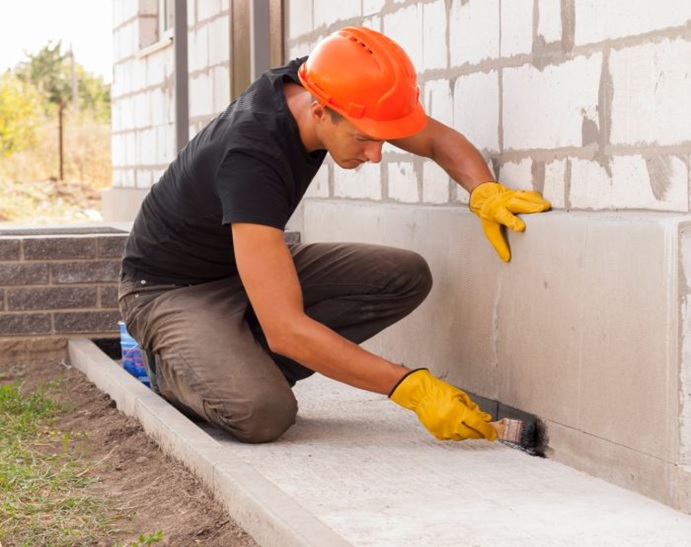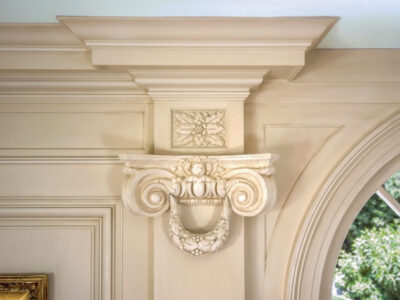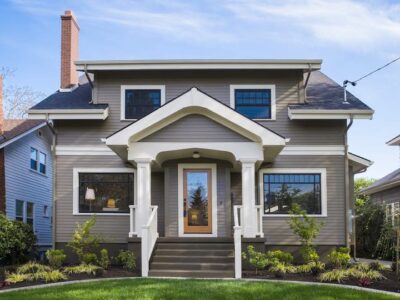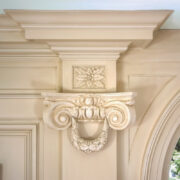
If you’re thinking of waterproofing the basement of your Ann Arbor MI home, there are many options that are available to you. Whichever basement waterproofing method you opt for; the purpose will often be the same: to protect your basement from damage caused by water penetration. The process can either be done from the basement’s exterior or interior.
In this article, you will learn the best methods of both exterior and interior basement waterproofing that you can use to protect the basement of your Ann Arbor MI home.
Interior basement waterproofing
Interior basement waterproofing in Ann Arbor MI can be very effective when the problem is mild dampness or where the wetness is mainly caused by condensation. One good approach to interior basement waterproofing is by installing a backwater valve.
Another approach is the installation of a drainage system. While there are many options when using the drainage system, this approach of interior waterproofing is considered the most complex solution. A common method is using a French drain with the installation of a sump pump, water weeping tiles, rubber walls, and a drainage membrane. This allows for free and easy water escape with no damage to the basement walls.
Interior water drainage
A working drainage system can be an effective way to prevent water from accumulating in your basement. Such a system is designed to redirect the water from the footers of the foundation and out below the floor of the basement. When water has penetrated your basement, a channel can be created around the basement’s perimeter alongside the footers of the foundation. Some common options to install this new channel are PVC pipe, French drains, or a custom-made drainage system.
After the drain is installed, it is then covered with new cement. Springfield is known to have a lot of ground clay. So, the clay will absorb and retain water, which can cause the walls of the basement foundation to flex, resulting in cracks and leaks.
Interior sealants
The most common points through which water seeps into poured concrete foundations are cracks and pipe penetrations. One way to block these entry points is by sealing them from the exterior using strong adhesives such as epoxies. These openings can also be pressure-injected with urethanes which penetrate the foundation from the exterior and circumvents the seepage path.
With the use of interior sealers, the porous masonry is prevented from absorbing the high humidity from inside the basement. So, the basement’s atmospheric humidity level is kept low by the interior sealants.
Waterproofing your basement with this effective method will help to prevent moisture from permeating the floors and walls of the basement, and also ensure that moisture doesn’t spill to other sections of the house.
Exterior basement waterproofing
The exterior basement waterproofing is an effective method to ensure that water doesn’t cause structural damage to your home. This is usually done by coating the exterior walls of your basement with polymers and membranes.
Polymer-based products are not affected by the pH of the soil and they last for the building’s lifetime. Your foundation repair contractor will have these polymer-based waterproofing materials sprayed onto your wall. They cure very fast, considerably flexible, and allow for the movement of the substrate.
Foundation crack injections
This method is usually adopted to fix cracks caused by the expansion and contraction of concrete or settlement in poured concrete foundations. Polyurethane and hydrophilic injections are effective for preventing moisture penetrations by sealing cracks in the foundation. Also, the main use of epoxy crack injections is for addressing structural issues.
Generally, crack cavity injection sealing will help to address water penetration issues and can be done from the inside with very little disruption.
When doing foundation crack injections, a series of holes are drilled at intervals of six to eight feet along the path of the crack. The diameter of each access hole is about 3/8”, set at about 45 degrees to ensure that the holes being drilled run across the crack at about the center of the wall to be injected. This will allow the sealant to be effectively distributed.
Final thoughts
Choosing the best method for waterproofing the basement of your Springfield home should be determined by a number of factors. Some of them include how your basement was constructed, how deep it is below the ground, and the intended end-use. Considering the magnitude of problems that water damage can cause, it is important that problems are addressed as soon as possible.
The best way to find out the best method for your basement is to consult a professional and reputable foundation company in Ann Arbor MI. They will inspect your basement and your foundation, and then recommend the most effective approach for you. Check out the Home Advisor for a list of reputable foundation contractors in Springfield.











